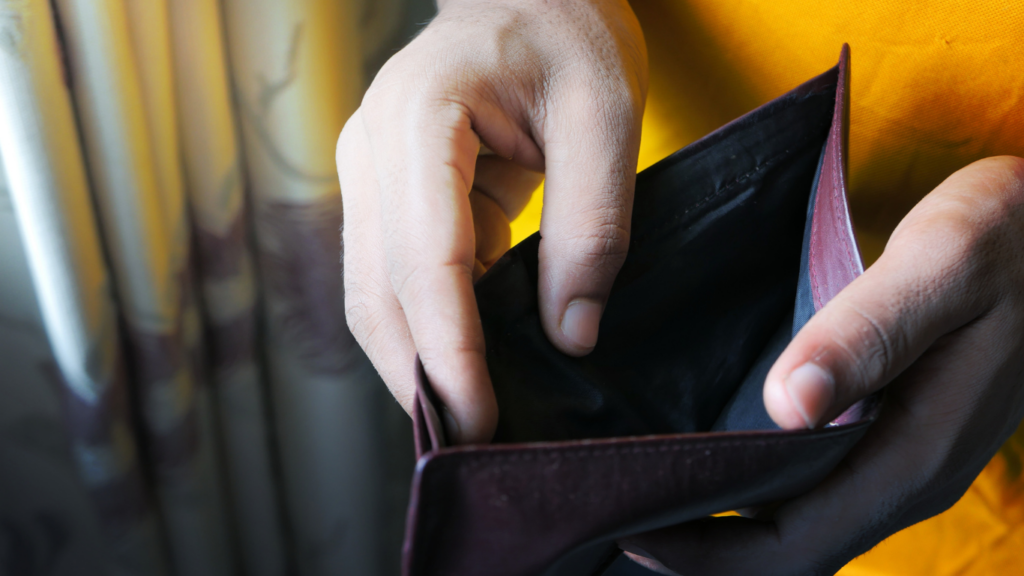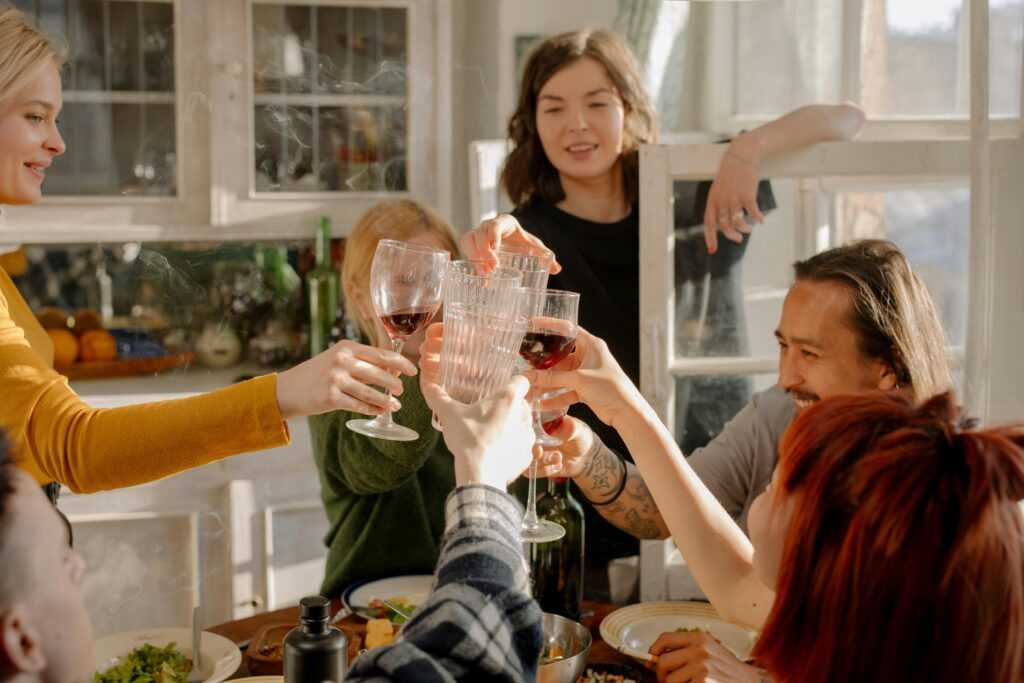In the wake of the pandemic, the landscape of global luxury spending has undergone a significant transformation. As I delve into the shifts and trends shaping this industry post-pandemic, it’s clear that consumer behaviors and preferences have evolved in unprecedented ways.
The allure of luxury goods and experiences has taken on new dimensions, reflecting changing values and priorities in a post-pandemic world. Exploring the nuances of this evolving luxury market, I’ll uncover the factors driving these changes and the implications for brands and consumers alike.
From the rise of experiential luxury to the growing emphasis on sustainability and conscious consumption, the post-pandemic era presents a unique set of challenges and opportunities for the luxury sector. Join me on a journey through the intricate web of global luxury spending as we navigate the new normal together.
Overview of Global Luxury Spending
Exploring the realm of global luxury spending unveils a dynamic landscape post-pandemic. As I delve into the shifts in consumer behavior and preferences, a clear pattern emerges towards experiential luxury, sustainability, and conscious consumption.
Understanding the driving forces behind these changes is crucial for luxury brands and consumers in this new era. Let’s navigate the evolving terrain of luxury spending together.
Impact of the Pandemic on Luxury Spending
The pandemic has significantly reshaped the landscape of luxury spending, prompting notable changes in consumer behavior and preferences.
Changes in Consumer Behavior
Consumers have become more conscious of their spending habits, focusing on value, quality, and sustainability. The pandemic has accelerated the shift towards experiential luxury, with individuals prioritizing meaningful experiences over material possessions.
Shift in Preferences
There has been a noticeable transition in consumer preferences post-pandemic, with an increasing demand for sustainable and ethically sourced products. Luxury buyers are now more inclined to support brands that align with their values, pushing companies to adopt eco-friendly practices to meet evolving consumer expectations.
Recovery Trends in Luxury Spending
In examining the recovery trends in luxury spending post-pandemic, it’s evident that there are notable shifts occurring globally. As I delve deeper into the region-wise analysis, distinct patterns and preferences are emerging, shedding light on the evolving landscape of luxury consumption.
- North America: Luxury spending in North America is witnessing a resurgence as consumers show a penchant for experiential luxury. High-end travel experiences, exclusive events, and personalized services are gaining popularity, indicating a shift towards memorable encounters over material goods. Luxury brands in this region are adapting by focusing on creating unique experiences and enhancing customer engagement through immersive offerings.
- Europe: In Europe, there is a growing emphasis on sustainability and ethical consumption in the luxury sector. Consumers are gravitating towards eco-friendly products, transparent supply chains, and socially responsible practices. Luxury brands are responding by incorporating sustainable materials, reducing carbon footprints, and advocating for environmental initiatives. The shift towards conscious consumption is reshaping the luxury market in Europe, with an increased demand for products that align with ethical values.
- Asia-Pacific: The Asia-Pacific region is showing a strong inclination towards digitalization and technology-driven luxury experiences. Mobile commerce, virtual shopping, and AI-powered personalization are gaining traction among luxury consumers in this region. Luxury brands are leveraging digital platforms to enhance customer interactions, offer personalized recommendations, and create seamless omnichannel experiences. The focus on technological innovation is redefining luxury spending trends in Asia-Pacific, with a greater emphasis on digital connectivity and convenience.
By analyzing the recovery trends in luxury spending across different regions, it is clear that consumer preferences and behaviors are evolving post-pandemic. The shift towards experiential luxury, sustainability, and technology-driven experiences is shaping the future of the global luxury market, urging luxury brands to adapt to these changing dynamics to meet the expectations of discerning consumers.
Future Prospects and Predictions
Moving forward, it’s evident that the global luxury industry will continue to adapt to the changing dynamics post-pandemic. With the growing emphasis on experiential luxury and sustainability, luxury brands are expected to evolve their offerings to resonate with the shifting consumer preferences.
In the coming years, luxury spending patterns are likely to see a continued focus on experiences rather than material possessions. Consumers will prioritize quality, authenticity, and eco-consciousness when making purchasing decisions. Luxury brands that integrate these elements into their products and services are poised to succeed in this new landscape.
Predictions suggest that North America will see a rise in demand for experiential luxury, with consumers seeking unique and memorable experiences over traditional luxury goods. In contrast, Europe is expected to place a stronger emphasis on sustainability and ethical consumption practices, driving brands to prioritize transparency and environmental responsibility.
Moreover, the Asia-Pacific region is anticipated to embrace technology-driven luxury experiences, catering to a tech-savvy consumer base that values innovation and convenience. Luxury brands looking to capture this market will need to incorporate cutting-edge technologies into their offerings to meet the demands of this evolving demographic.
As consumer preferences continue to evolve and global luxury spending trends reshape the industry, luxury brands must stay agile and responsive to these changing dynamics. By aligning with the future prospects and predictions of the luxury market, brands can position themselves for success and meet the evolving expectations of their discerning clientele.





